NEWS
20 WWII Military Marvels That Redefined Warfare
Published
9 months agoon
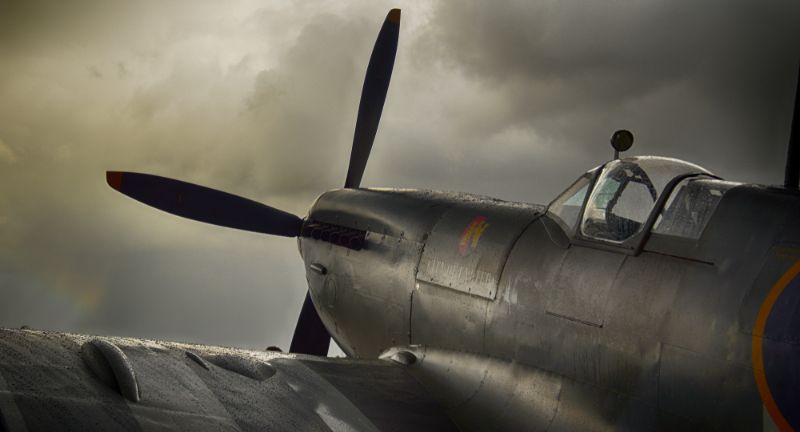
Shutterstock
World War II was a crucible of innovation, birthing military marvels that forever altered the landscape of warfare. These groundbreaking technologies and strategies emerged from the fiery chaos, pushing the boundaries of human ingenuity and lethal efficiency. From revolutionary aircraft to game-changing tactics, the conflict was a relentless proving ground for the future of combat. Dive into the astounding world of 20 WWII military marvels that redefined the very essence of warfare.
The Sherman Tank: A Key Asset in World War II
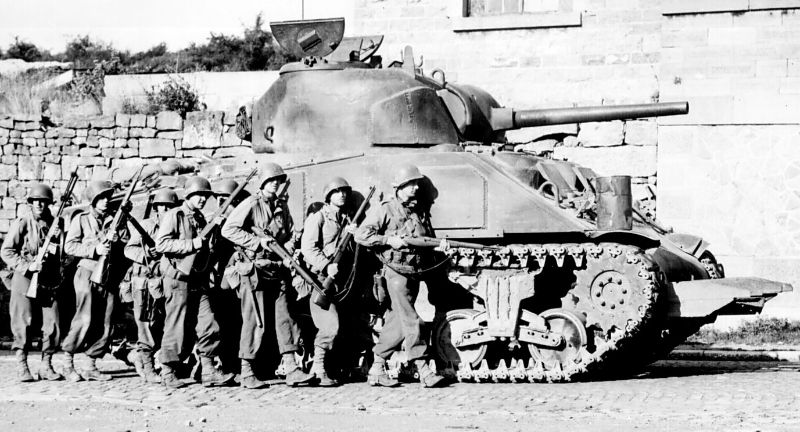
Wikipedia
The Sherman Tank, officially known as the Medium Tank, M4, was the most extensively utilized medium tank by the United States and Western Allies during World War II. Its adaptability and dependability, along with the simplicity of its production and upkeep, rendered it a crucial element in Allied operations throughout Europe and the Pacific. Despite criticisms regarding its weaker armor and firepower compared to German heavy tanks, the Sherman’s numerical advantage and support roles were pivotal in the Allies’ combined arms strategy.
HMS Hood (United Kingdom)
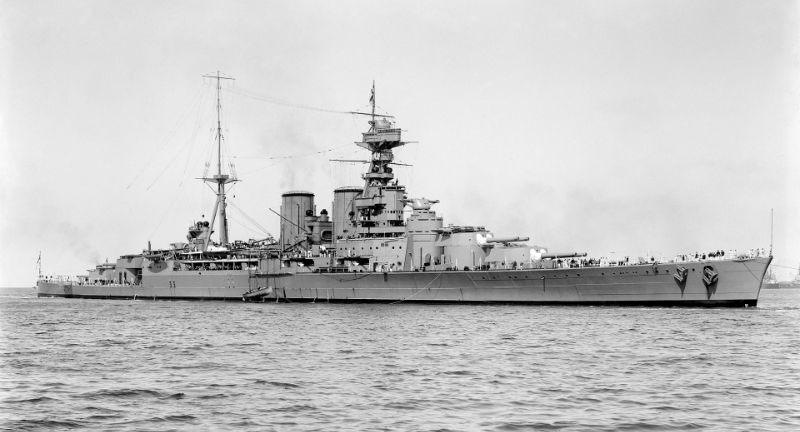
Wikipedia
The HMS Hood, a symbol of pride for the Royal Navy, met a tragic end when it was sunk by the German battleship Bismarck. This event profoundly impacted both the British public and the navy. As one of the largest and most formidable battlecruisers of its era, the sinking of the Hood highlighted the susceptibility of even the most powerful ships to contemporary naval firepower and strategies. This loss represents a pivotal moment in naval warfare during World War II.
Supermarine Spitfire: The Iconic British Fighter Aircraft
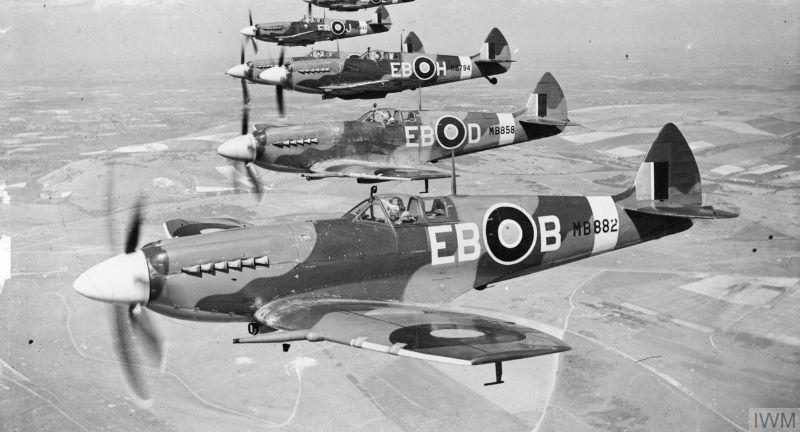
Wikipedia
The Supermarine Spitfire emerged as a legendary symbol of British resilience during World War II, particularly during the Battle of Britain. Esteemed for its exceptional speed, maneuverability, and precise control, the Spitfire was continuously upgraded throughout the war. These enhancements ensured it remained competitive against the latest Axis aircraft models. The Spitfire played a crucial role in protecting British airspace and significantly contributed to the Allied victory in Europe.
T-34 Tank (Soviet Union)
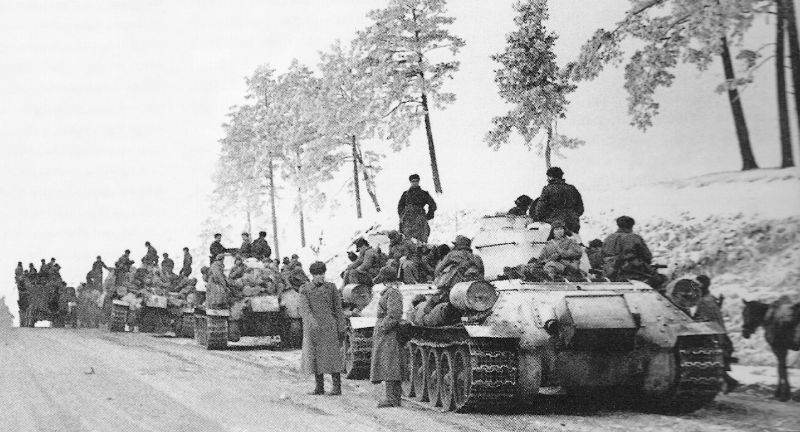
Wikipedia
The T-34 tank was a groundbreaking achievement in Soviet engineering, characterized by its durable armor, impressive firepower, and exceptional mobility. Its revolutionary sloped armor design greatly enhanced its battlefield survivability, making it a challenging adversary for German tanks. Hailed as one of the most effective, efficient, and influential tank designs of World War II, the T-34 was instrumental in the Soviet Union’s counter-offensive against Nazi forces, significantly contributing to the eventual Soviet triumph on the Eastern Front.
Akagi Aircraft Carrier (Japan)

Wikipedia
The Akagi served as the flagship of Japan’s First Air Fleet and was instrumental in the initial phases of the Pacific War, notably during the infamous attack on Pearl Harbor. Its destruction at the Battle of Midway represented a significant loss to Japanese carrier-based aviation and was a pivotal moment in the Pacific Theater. This event underscored the essential role of aircraft carriers in modern naval warfare.
Boeing B-17 Flying Fortress (United States)
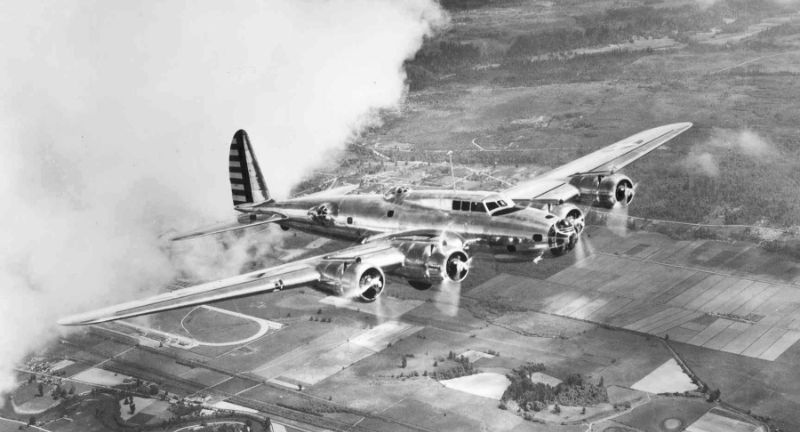
Wikipedia
The B-17 Flying Fortress is renowned for its strategic role in bombing campaigns over Germany. Known for its ability to withstand heavy damage and still complete missions, it became a symbol of American air power. Its remarkable durability, payload capacity, and defensive armaments contributed to its legendary status. Operating in tight formations, B-17s executed precision bombings on strategic targets, significantly affecting the German war effort.
Messerschmitt Bf 109 (Germany)
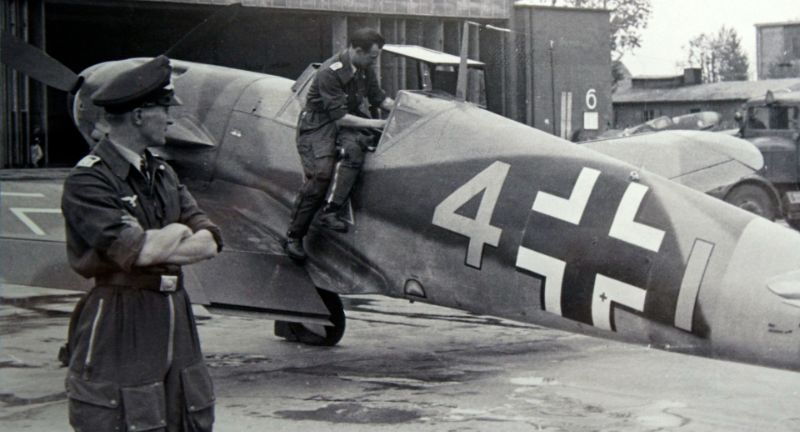
Wikipedia
The Messerschmitt Bf 109 served as the backbone of the Luftwaffe’s fighter force during WWII. Known for its speed, agility, and powerful armament, the Bf 109 was one of the most advanced fighters when the war began. It holds the distinction of being the most produced fighter aircraft in history, seeing action on all German fronts. Despite its exceptional performance, the Bf 109’s narrow landing gear design made takeoffs and landings challenging, especially for less experienced pilots.
Stuka Dive Bomber (Junkers Ju 87) (Germany)
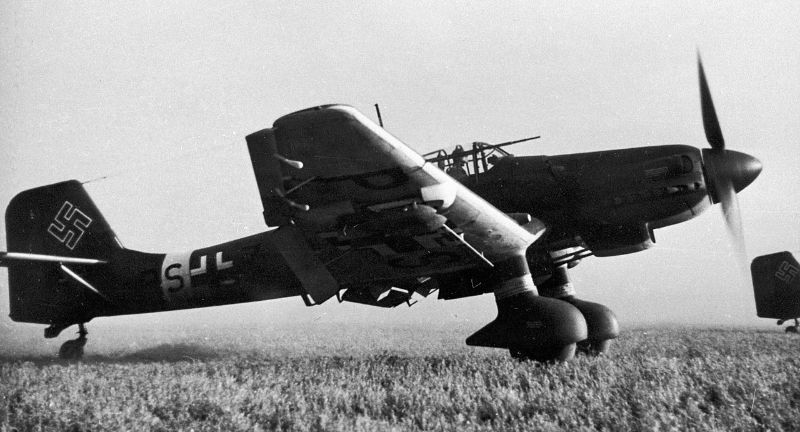
Wikipedia
The Stuka, recognizable by its distinctive gull wings and wailing siren, became an iconic symbol of the Blitzkrieg. It instilled fear through precision dive-bombing attacks, proving highly effective in the early stages of the war and providing crucial support to German ground forces. However, its vulnerability to enemy fighters without air superiority emphasized the necessity of integrated air and ground operations.
Ilyushin Il-2 (Soviet Union)
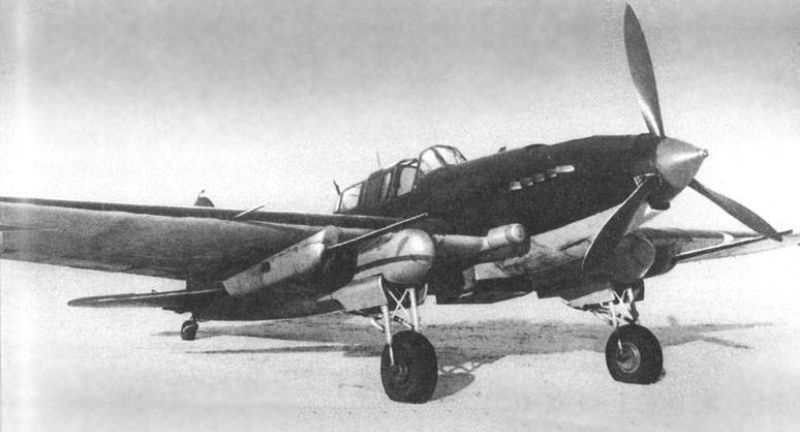
Wikipedia
The Ilyushin Il-2 Sturmovik, often referred to as the ‘Flying Tank,’ was a heavily armored ground-attack aircraft instrumental in supporting Soviet ground forces during World War II. Renowned for its durability and formidable firepower, the Il-2 was pivotal in breaking German lines and targeting armored vehicles. Its significant contributions to the Soviet war effort on the Eastern Front have bestowed upon it a legendary status in military aviation history.
Yamato Class Battleship (Japan)
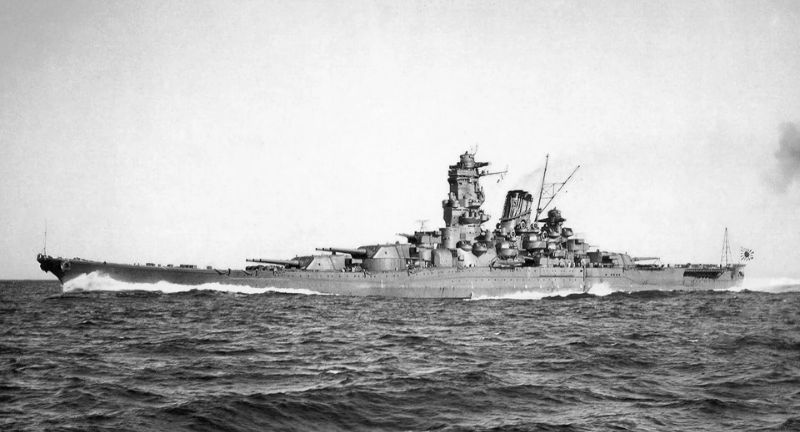
Wikipedia
The Yamato and her sister ship, Musashi, epitomized the peak of battleship engineering, equipped with the largest naval guns ever mounted on a warship. Despite their formidable power and protection, both vessels were destroyed by American aircraft, exemplifying the transition in naval supremacy from battleship dominance to air superiority. The Yamato class continues to symbolize the might of the Imperial Japanese Navy and the strategic constraints of battleships in contemporary naval warfare.
Willys MB Jeep: A Versatile Wartime Vehicle
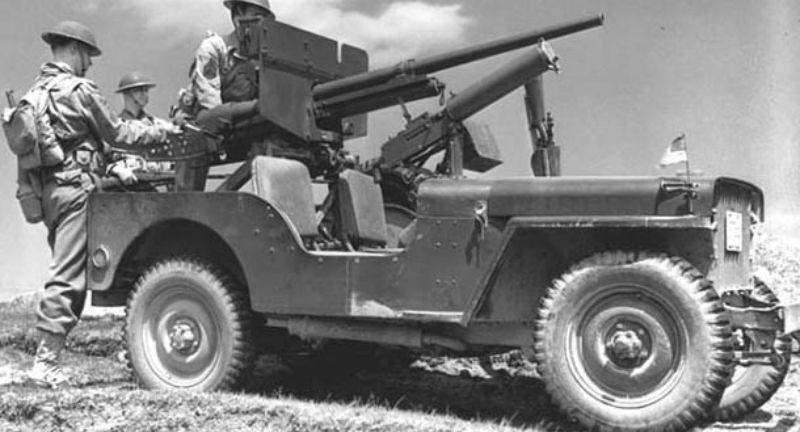
Wikipedia
The Willys MB Jeep became the indispensable workhorse of the Allied forces during WWII, celebrated for its rugged construction, reliability, and versatility in various roles including reconnaissance and ambulance services. Its four-wheel drive allowed it to navigate difficult terrains, ensuring its crucial presence on the front lines and beyond. The Jeep’s design has left a permanent mark, shaping the development of military and civilian off-road vehicles for generations.
Panther Tank (Germany)
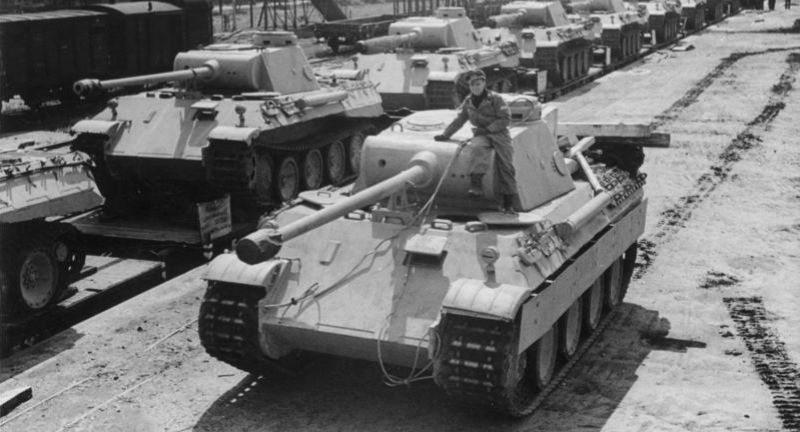
Wikipedia
The Panther tank was developed as a response to the Soviet T-34 and is often regarded as the best tank design of World War II due to its balance of firepower, armor protection, and mobility. Featuring sloped armor and a powerful 75mm gun, the Panther was capable of engaging most Allied tanks effectively while providing superior protection and mobility. Although it initially suffered from reliability issues, these were gradually resolved as the war went on.
P-51 Mustang (United States)
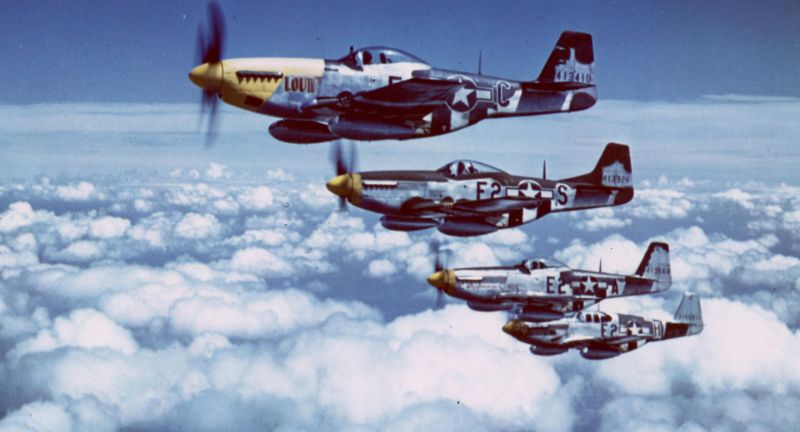
Wikipedia
The P-51 Mustang was initially designed to fulfill a British requirement. Its performance saw a significant enhancement with the addition of the Rolls-Royce Merlin engine, which made it one of the most powerful long-range escort fighters of World War II. The Mustang’s exceptional range and firepower were crucial in the Allied bombing raids over Germany. It played a vital role in shielding bombers and effectively taking on Luftwaffe fighters, contributing significantly to establishing air superiority over Europe.
M26 Pershing Tank (United States)
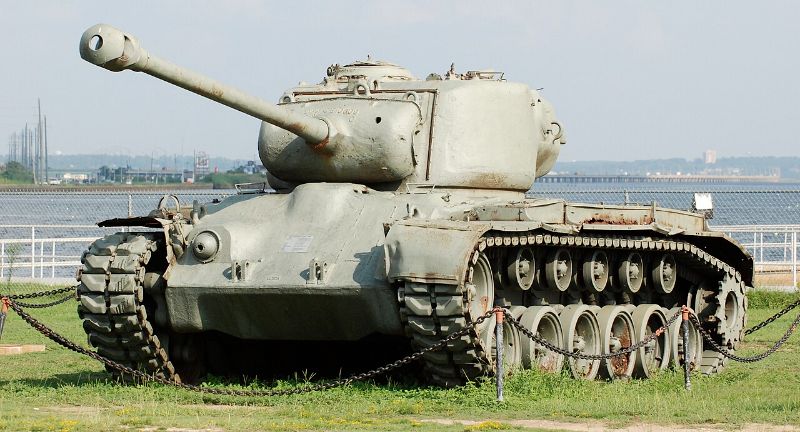
Wikipedia
The M26 Pershing, introduced late in the European Theater, was the U.S. Army’s response to the German Wehrmacht’s heavy tanks. Equipped with a powerful 90mm gun and enhanced armor, the Pershing was capable of engaging Panther and Tiger tanks on a more equal footing. Although its action during WWII was limited, the Pershing laid the foundation for post-war tank design.
Mitsubishi A6M Zero Fighter Aircraft (Japan)
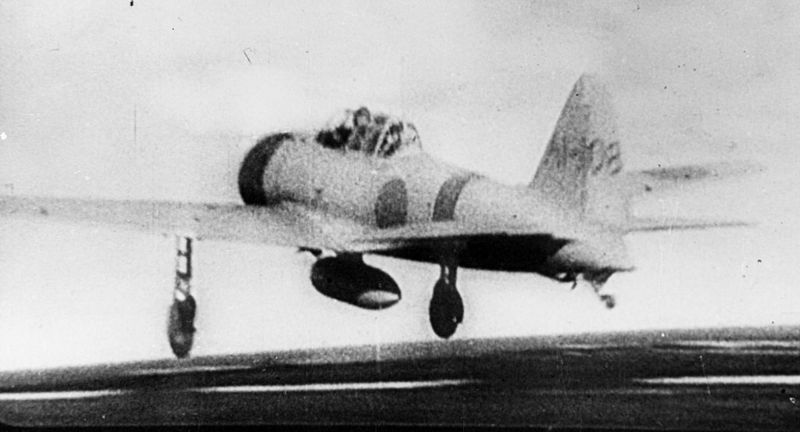
Wikipedia
The Mitsubishi A6M Zero was a long-range carrier-based fighter aircraft that played a dominant role in the early years of the Pacific War. Renowned for its outstanding maneuverability and range, the Zero initially had a significant advantage over its adversaries. However, as the Allies improved their tactics and introduced more advanced aircraft, the weaknesses of the Zero became evident. Despite these vulnerabilities, the Zero continues to be an iconic representation of Japanese air power during World War II.
KV-1 Tank (Soviet Union)

Wikipedia
The KV-1 was a formidable heavy tank that created substantial difficulties for German forces in the early phases of the Eastern Front conflict. Its robust armor was nearly invulnerable to the majority of German tank and anti-tank weaponry available at that time. Despite facing challenges with mobility and mechanical reliability, the KV-1’s strong defensive traits played a crucial role in enhancing Soviet defensive operations.
USS Enterprise (CV-6) (United States)
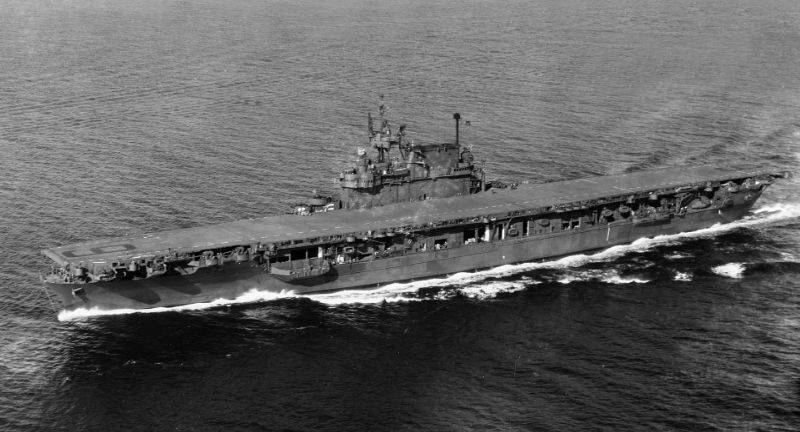
Wikipedia
‘The Big E,’ as the USS Enterprise was affectionately called, stood out as one of the most decorated warships of World War II. It took part in almost every major battle in the Pacific Theater. The ship’s aircraft and crew were pivotal in shifting the momentum of the war against Japan, contributing significantly from the Doolittle Raid to the Battle of Midway. The Enterprise’s durability and combat prowess underscored the crucial role of aircraft carriers in naval warfare.
Hawker Hurricane Fighter Aircraft (United Kingdom)

Wikipedia
The Hawker Hurricane, frequently outshone by the Spitfire, played a vital role in the Royal Air Force’s fighter command, particularly during the Battle of Britain. Its robust design enabled it to withstand significant damage and continue to operate effectively. The Hurricane was essential in protecting Britain from the Luftwaffe, and it saw service in numerous theaters across the war.
Tiger I Tank (Germany)
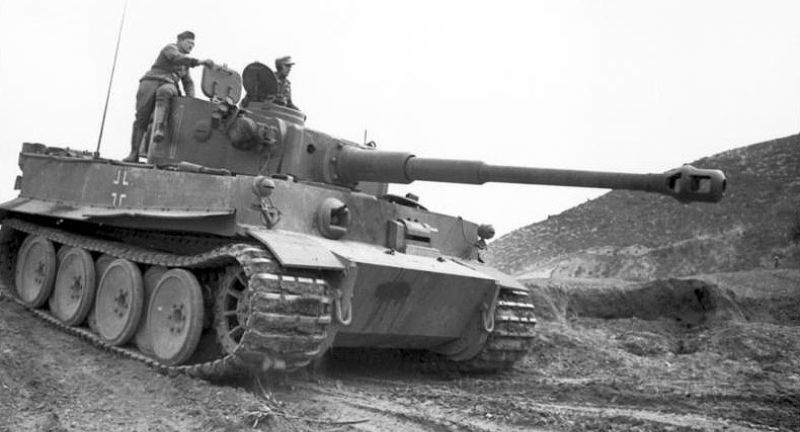
Wikipedia
The Tiger I tank epitomized the zenith of German armored vehicle design in World War II, featuring an 88mm gun capable of penetrating any Allied tank’s armor from significant ranges. Despite its unmatched firepower and formidable armor, the Tiger I was plagued by mechanical reliability issues and demanded substantial resources for production, thus restricting its battlefield presence. Nevertheless, its psychological effect on the enemy was profound, instilling fear and caution among Allied tank crews.
Lancaster Bomber (United Kingdom)
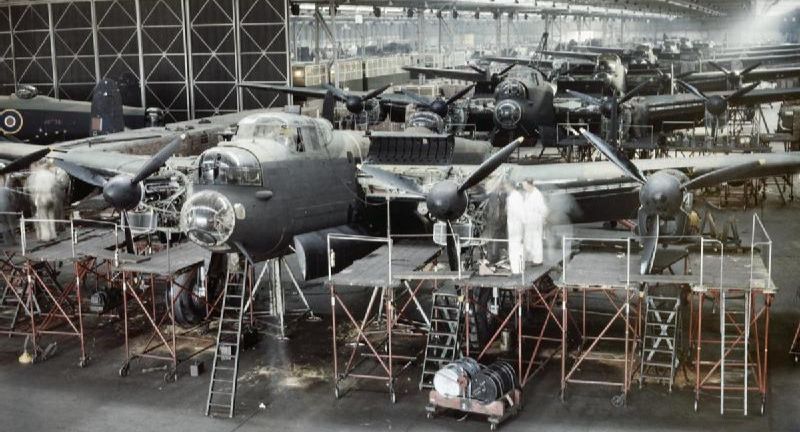
Wikipedia
The Avro Lancaster was a significant asset for the British Bomber Command, renowned for its capacity to carry substantial bomb loads into enemy territories. Most notably, it participated in the famed ‘Dam Busters’ raid. The aircraft’s capability to deliver ‘Grand Slam’ bombs solidified its role in strategic bombing campaigns against Germany, playing a critical part in the Allies’ aerial warfare strategy. Its versatility and impressive payload capacity made the Lancaster one of the most effective bombers of World War II.
Conclusion
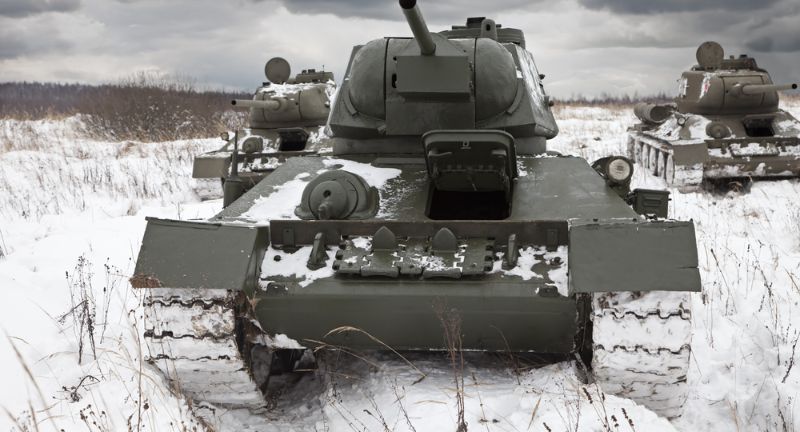
Shutterstock
These 20 military vehicles played indispensable roles in shaping the outcomes of World War II, each bringing unique strengths to the battlefront and leaving a lasting impact on military tactics and technology. From the skies of Europe to the vast Pacific, their contributions went beyond mere battlefield dominance, influencing the strategic decisions and war efforts of both the Axis and Allied powers. Their legacy endures, not only as remarkable feats of engineering and design but as pivotal instruments in one of history’s most defining conflicts, forever changing the course of world events.
ADVERTISEMENT - CONTINUE BELOW
About Money+Investing
Money + Investing provides our community with the latest personal and business finance news from around the world. We publish money saving and earning tips to help you make smartier investing decisions. We're inspired by exploring and providing new ways for our audience to achieve financial freedom. We can't wait to share all of our exciting deals, guides and reviews to help you live your financial life to the fullest.
More Money + Investing
-


20 Budget-Friendly Foods for a Healthier Heart
-


15 Bad Habits Keeping You From Being A Millionaire
-


25 Genius Staging Tips to Speed Up Your Home Sale
-


30 Little-Known Facts That Make the Kentucky Derby Unforgettable
-


24 Items That Are Too Pricey for Shoppers Now
-


4 Harmful Penny Pinching Habits That Are Sabotaging Retired Boomers
-


21 Energy-Hungry Home Gadgets That Spike Your Monthly Power Bill
-


25 Scams Aimed Squarely at Seniors
-


30 Forgotten Thrifty Habits Worth Reviving
-


17 Unmistakable Clues That Someone Is Gaslighting You
-


20 Surprising Effects Being “Woke” Has On Your Mental Health
-


15 Powerful Arguments to Ban Electric Cars Permanently
